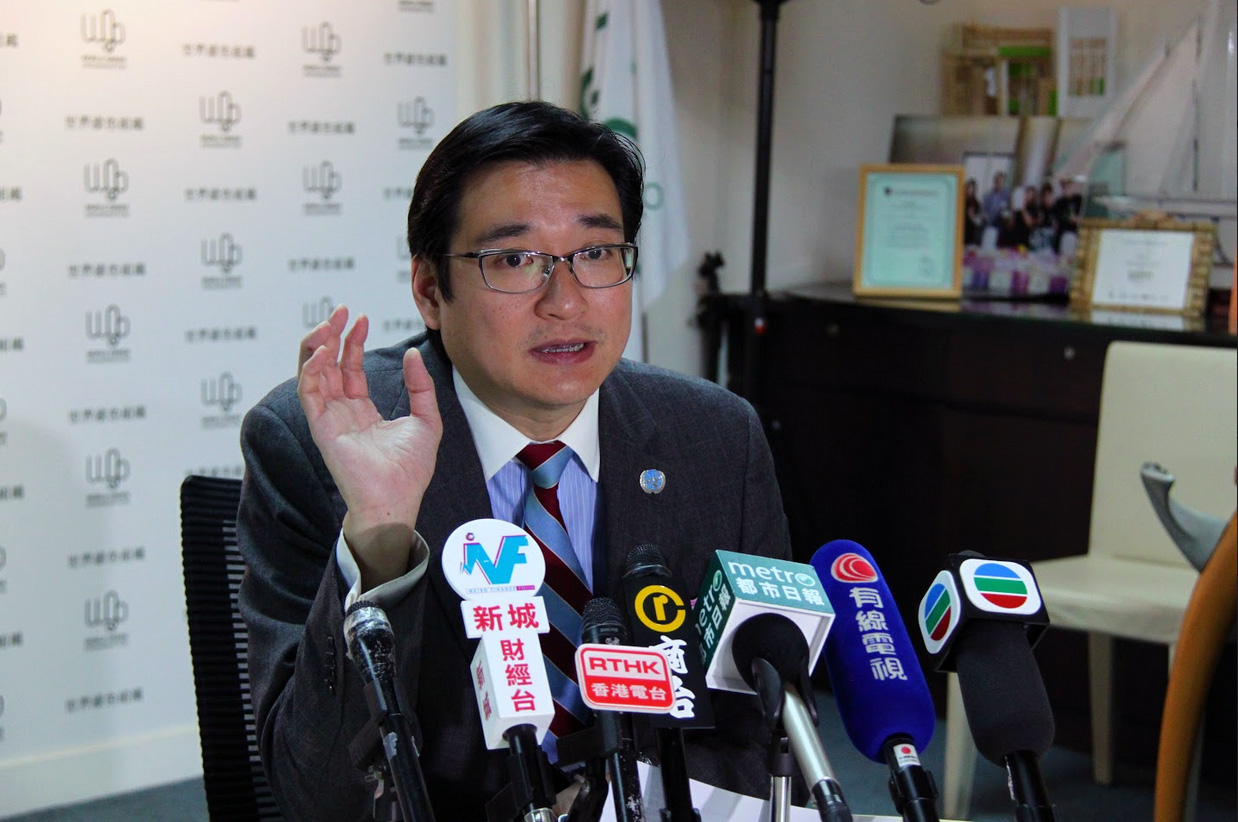2017-2021 Electricity Tariff Forecast
In light of the expiring 2018 Scheme of Control Agreements and 2020 requirements of fuel mix change, World Green Organisation has once again forecasted the trend of electricity tariffs for the next five years. We expect that HEC will probably reduce electricity tariffs by 1-2% each year until stabilising and freezing in 2020. However, there will be pressure to once again increase tariffs after 2020. CLP will probably stabilise and freeze its tariffs until 2019 but will face pressure to raise tariffs if the natural gas price increases during the years. CLP will probably raise the tariff starting from 2020. Detailed analysis is as follows:
Factors for tariff increase:
Increased Assets
As mentioned earlier, the two power companies will have to increase natural gas portion from 34% to 50% by 2020 in order to comply with government regulations. This means that relevant power plants will need to be added. CLP is planning to construct a 600 megawatt natural gas generating unit at Lung Kwu Tan on Lamma Island following the earlier construction of a 400 megawatt new gas unit (L11) for HEC as well as new FSRU[1]. These asset will be starting to be booked year by year, leading to the need for tariff increases. Based on the 2016 tariffs level, the newly added assets and FSRU (mentioned above) coupled with new fuel mix change can increase the tariffs to up to 10%.
Unpredictable Changes of Fuel Prices
Fuel costs are always fluctuating. There are a lot of external factors such as politics, economy, and international markets that can cause fuel costs to increase. Therefore, fuel clause charges in the future might be higher than we predict now which results in a significant difference in our forecast of future tariffs.
Factors for tariff decrease
Making good use of remaining fuel balance to offset future surge
WGO predicts that the government will lower the Permitted Rate of Return for the two power companies from 9.99% to 7.99%. This means that the profit that CLP and HEC are allowed to earn will be a difference of $207.7 million and $98.7 million respectively using the 2015 figures. This difference in addition to the balance in the fuel clause charge account equates (near $700 million of two power companies) to $537.7 million for CLP and $448.7 million for HEC. This means that there are backup resources to help alleviate the pressure on the power companies when tariff increases.
The fuel clause charges account balance helps to safeguard the public on the extreme volatility of the fuel market. We should avoid the scenario where two power companies can reduce 3% this year but increase tariffs 4% the following year without reaping the benefits of reduced Rate of Return and balance of the fuel account.
said Dr. William Yu Yuen-ping, Chief Executive Officer of the World Green Organisation.
The remaining balance will be used to cover potential significant increases in electricity tariffs so tariff rates can be stabilised every year. This means that the economy and the community will benefit from the stability in tariff.

By taking into account the above factors, we estimate that HEC will probably be able to reduce its tariff by 1-2% annually for the next few years and by 2020, the electricity tariff will probably freeze. However, there will be pressure to increase tariffs starting in 2021. Similarly, CLP will have the opportunity to stabilise and freeze its tariffs in the coming years but will be subject to fuel price changes. Tariffs can be stabilised and frozen but it is dependent on natural gas prices during the year. As a result, CLP will also face pressure to raise tariffs by 2020 and thereafter.
Note: WGO estimated the electricity tariff based on public information and academic research methods. For actual levels of tariff increases, please refer to publications from the government or the power companies. In addition, this study was carried out independently by WGO and did not accept any form of funding.
About Us
The World Green Organisation (WGO) is an independent non-governmental organisation concerned with environmental conservation and environmentally related livelihood and economic affairs. Through science-based policy research and community projects, the WGO aims to enhance the quality of the environment, promote a greener economy, and improve people’s livelihoods. In particular, it will focus on the social concerns of underprivileged groups and on the creation of a green economy to help realise its vision of sustainable development. For more information, please visit http://www.thewgo.org/。
Press Photos: https://goo.gl/oVpzgW
For inquiries:

